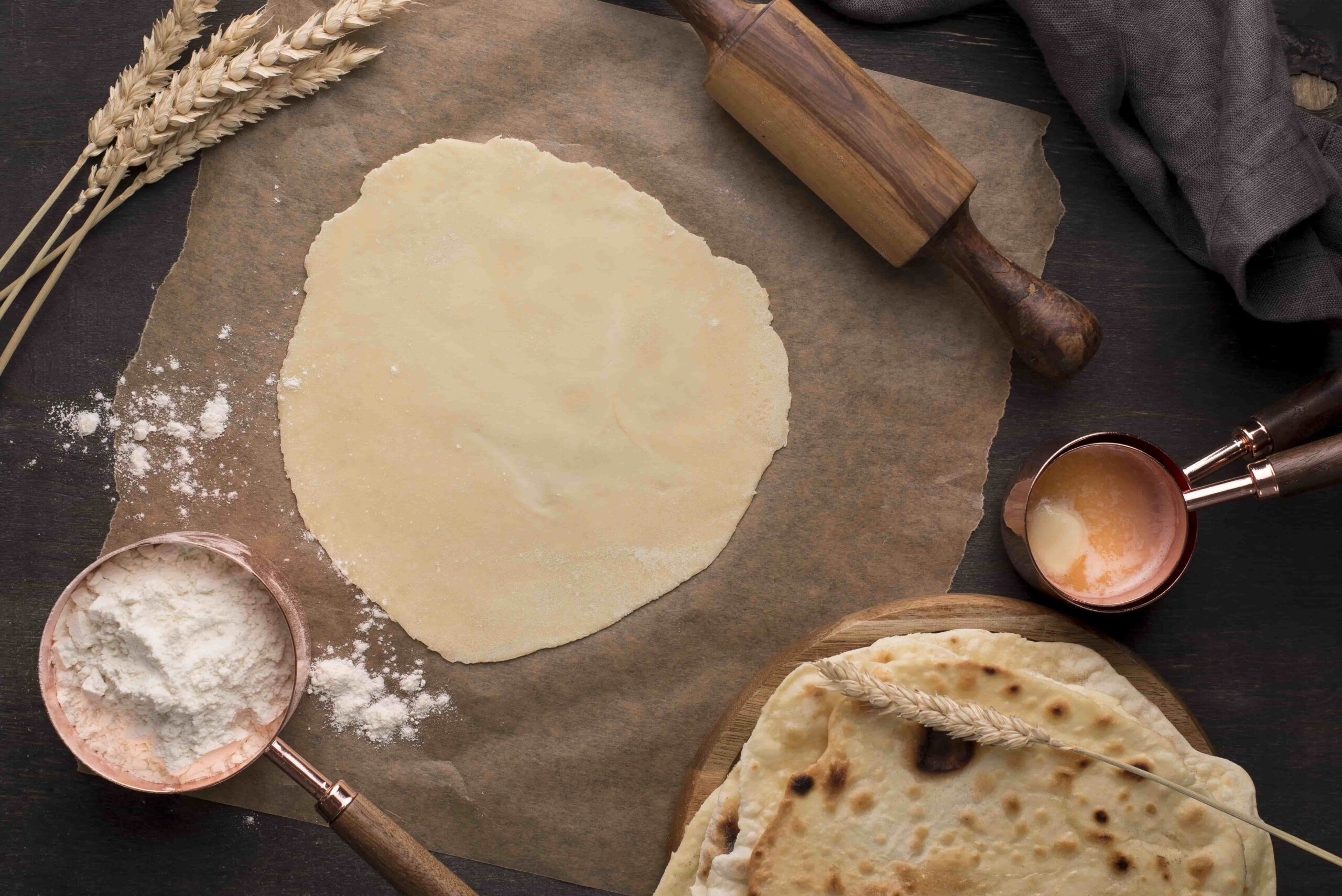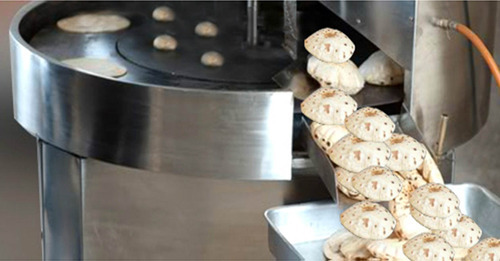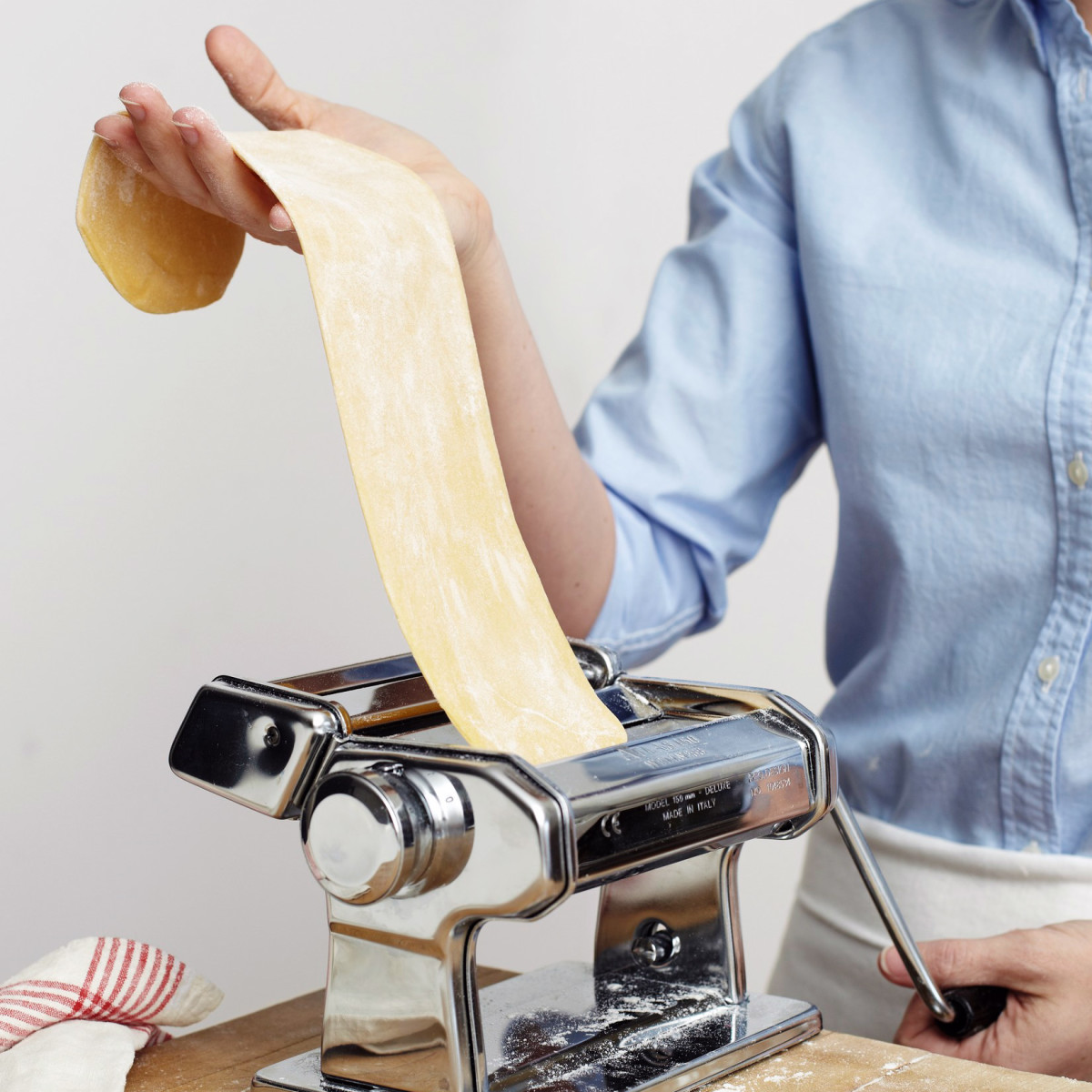Industrial chapati making machines have changed the way that the food business operates in the fast-paced, highly efficient world of today. These mechanical wonders have completely changed how chapatis are traditionally made, giving businesses a simple way to satisfy the rising demand for this essential dish.Industrial chapati-making equipment is made to quickly and efficiently create huge numbers of chapatis, which greatly lowers labour and production costs. The dough may be kneaded by these machines, which can also roll it into exact circular forms, cook the products uniformly, and even stack them neatly for packaging. Because the entire process is mechanised, consistent quality is ensured and less manual intervention is required. These machines may accommodate to a wide range of consumer tastes by producing chapatis in a variety of sizes, thicknesses, and roasting levels thanks to configurable settings.For enterprises, commercial chapati-making machines has a number of advantages. They primarily significantly boost production capacity, enabling firms to satisfy high-volume demands without sacrificing quality. These devices reduce human mistake by doing away with manual labour, assuring constant product quality. Additionally, they save money on training and pay expenditures and lessen the need for trained labour. The devices’ exceptional energy efficiency further lowers operating costs and encourages environmentally friendly behaviour.
Industrial chapati-making equipment is built with food-grade components and strictly adheres to hygienic guidelines. The equipment guarantees constant thickness, perfectly cooked chapatis, and clean production methods. The devices prevent contamination and guarantee that each chapati fulfils the appropriate quality and safety standards by removing human contact from the preparation process.The way chapatis are made In the food sector has changed as a result of industrial chapati production machinery. These machines have developed into an essential resource for companies that cater to the rising demand for this well-liked staple dish due to its capacity to streamline manufacturing, boost efficiency, and maintain constant quality. Adopting this technology can increase output, cut expenses, and improve customer happiness.
















